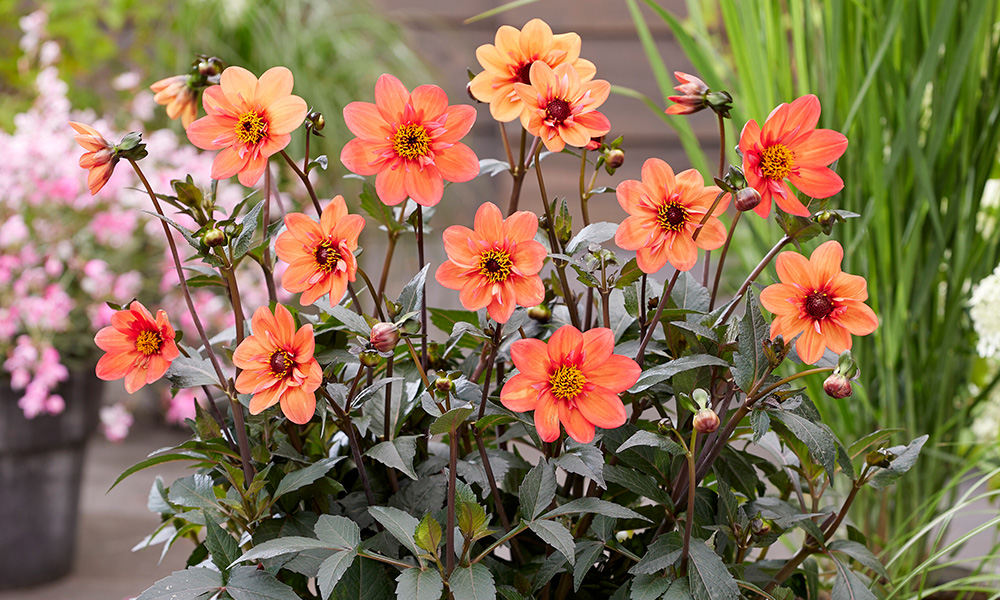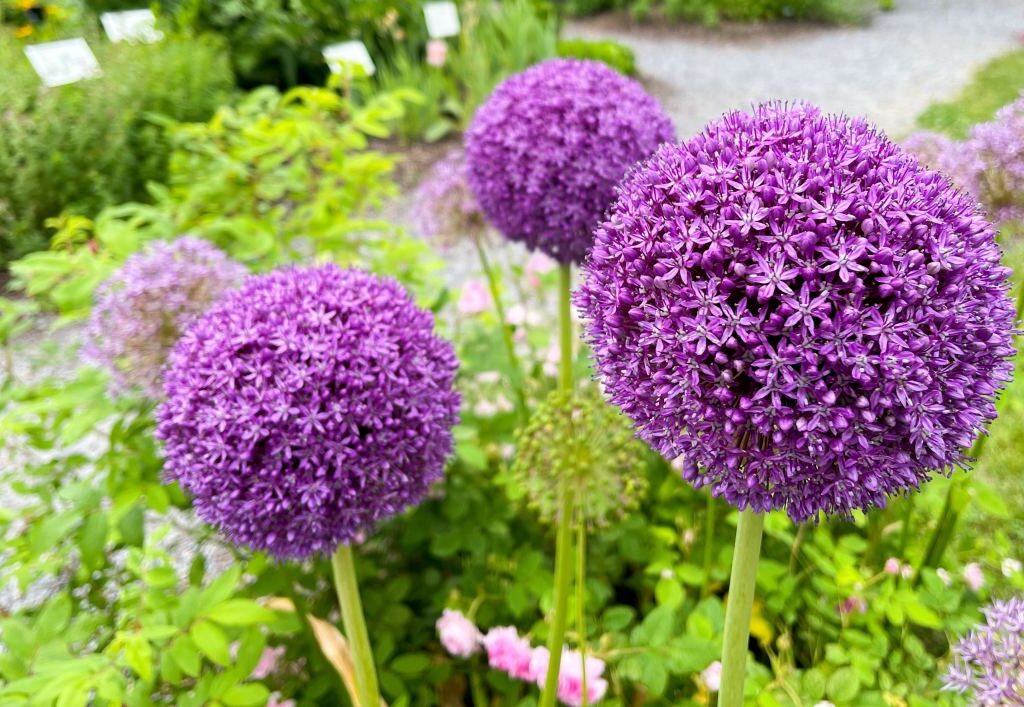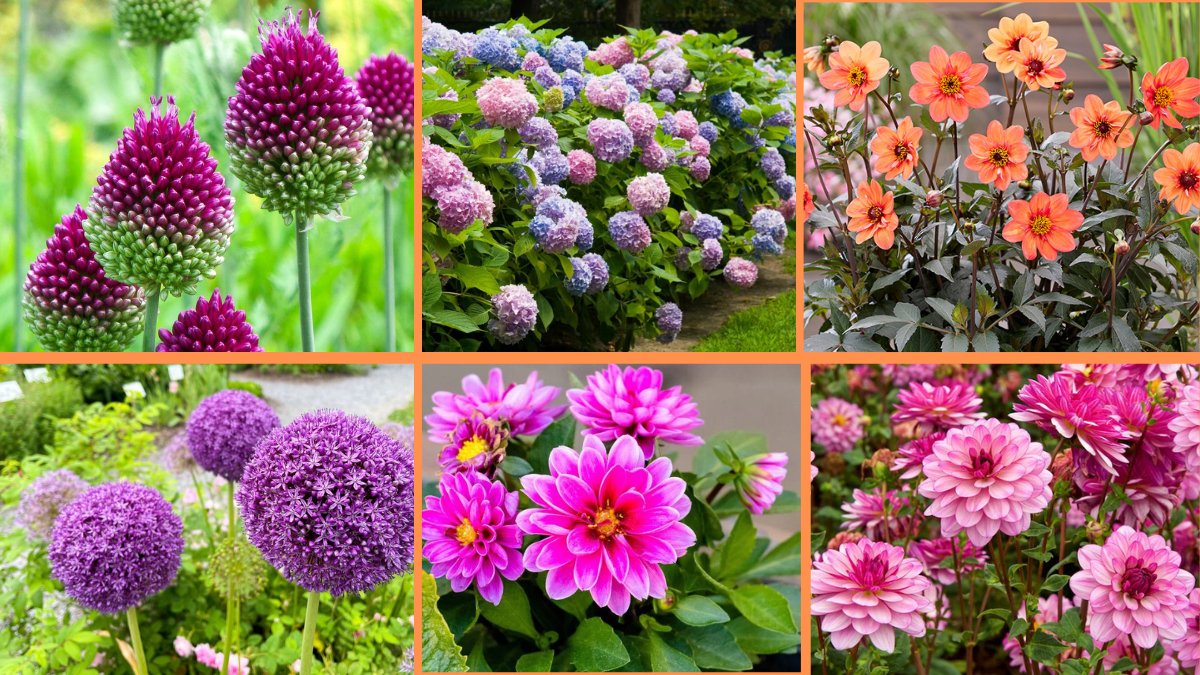Perennials are the dependable stars of the garden — plants that return year after year, gracing your outdoor space with color, texture, and seasonal beauty. Unlike annuals, which need to be replanted each season, perennials establish deep root systems and often grow bigger and better with age. But to enjoy their full potential, it’s important to care for them properly.
Whether you’re dreaming of a backyard filled with daisies, daylilies, hostas, or lavender, these 10 expert tips will help you grow long-lasting perennials that flourish for years to come.

1. Choose the Right Perennials for Your Climate
Not every perennial thrives everywhere. Some plants love cool, moist conditions, while others crave heat and sun. The key to success is selecting perennials suited to your specific hardiness zone and soil type.
Tips:
- Check your USDA Hardiness Zone.
- Research plants labeled hardy for your zone.
- Look for native species — they’re naturally adapted to your local climate.
- Pay attention to sun and shade preferences.
Examples:
- Hostas, Astilbes, and Bleeding Hearts do well in shaded areas.
- Coneflowers, Lavender, and Sedums love full sun.

2. Plant in the Right Season
Perennials establish best when planted at the right time of year. This allows them to settle in, develop strong roots, and prepare for seasonal changes.
Best times to plant:
- Spring: After the last frost when soil is workable.
- Fall: 6-8 weeks before the first expected frost. The cooler weather and moist soil help roots grow without the stress of summer heat.
Avoid planting during extreme summer heat, as young plants can struggle to establish.

3. Prepare the Soil Properly
Healthy soil is the foundation of any thriving perennial garden. Before planting, improve soil texture, drainage, and fertility.
Steps:
- Remove weeds and debris.
- Loosen soil to a depth of 12-18 inches.
- Mix in organic compost, aged manure, or leaf mold to improve soil structure.
- Test soil pH and amend as needed — most perennials prefer slightly acidic to neutral soil (6.0–7.0).
Tip: Raised beds or mounded planting areas improve drainage for moisture-sensitive perennials.

4. Plant at the Correct Depth
Planting depth can mean the difference between thriving perennials and struggling ones.
How to do it:
- Dig a hole twice as wide and as deep as the root ball.
- Place the plant in the hole so the crown (where roots meet stems) is at soil level.
- Backfill with soil, gently firming around the roots.
- Water thoroughly to settle the soil.
Planting too deep can lead to crown rot, while too shallow roots may dry out.

5. Water Wisely
Perennials, especially in their first year, need consistent moisture to develop a strong root system.
Watering tips:
- Water deeply and less frequently to encourage deep roots.
- Most perennials prefer 1-1.5 inches of water per week.
- Water early in the morning to reduce evaporation and fungal risk.
- Use soaker hoses or drip irrigation for efficiency.
Once established, many perennials are drought-tolerant — but monitor during dry spells.

6. Mulch for Moisture and Weed Control
Mulching is one of the best things you can do for long-lived perennials.
Benefits:
- Retains soil moisture.
- Keeps roots cool.
- Suppresses weeds.
- Adds organic matter as it breaks down.
How to mulch:
- Apply a 2-3 inch layer of organic mulch (like shredded bark, leaf mold, or compost) around plants.
- Keep mulch an inch or two away from plant crowns to prevent rot.
Renew mulch annually in spring or fall.
7. Feed Perennials Naturally
While many perennials can thrive in average soil, a little extra nutrition helps them produce abundant blooms and foliage.
Feeding tips:
- In early spring, apply a balanced organic fertilizer or compost around plants.
- Avoid excessive high-nitrogen fertilizers — they promote leaf growth at the expense of flowers.
- Mid-season, use a diluted liquid feed (like seaweed or compost tea) for flowering varieties.
Over-fertilizing can shorten a perennial’s lifespan and increase disease susceptibility.
8. Deadhead Spent Blooms
Regularly removing faded flowers, known as deadheading, encourages many perennials to produce more blooms and prevents self-seeding where unwanted.
How to deadhead:
- Pinch or snip off flowers just above a set of healthy leaves or lateral buds.
- For perennials like Salvia, Coreopsis, and Geraniums, cut back entire stems after blooming.
Deadheading also keeps the garden looking tidy and reduces energy wasted on seed production.
9. Divide Overcrowded Plants
As perennials mature, they can become overcrowded, competing for water, nutrients, and space, leading to fewer blooms and stunted growth.
When to divide:
- Every 3–5 years, depending on plant type.
- Spring or fall when the weather is mild.
How to divide:
- Dig up the plant and gently separate clumps into smaller sections.
- Each division should have healthy roots and shoots.
- Replant immediately, water well, and mulch.
This not only rejuvenates older plants but also gives you more perennials to fill your garden.
10. Protect Perennials Through the Seasons
Perennials are tough but still need seasonal care to thrive for years.
Winter care:
- Leave some dead stems for winter interest and to protect crowns.
- Apply a layer of mulch (straw, shredded leaves) over tender plants after the first frost.
Spring care:
- Clean up old growth and refresh mulch.
- Apply compost or fertilizer as new growth appears.
Summer care:
- Maintain consistent watering, especially in heatwaves.
- Stake tall varieties to prevent flopping.
Fall care:
- Divide overcrowded plants.
- Cut back diseased or pest-infested foliage.
- Clean tools to prevent disease spread.
Final Thoughts
Perennials are the backbone of a beautiful, low-maintenance garden — offering years of blooms, foliage, and seasonal charm. With a little thoughtful planning and regular care, these plants will reward you with a landscape that improves with time.
By following these 10 essential tips, you can grow vibrant, healthy perennials that last for years, turning your garden into a living, evolving masterpiece.





